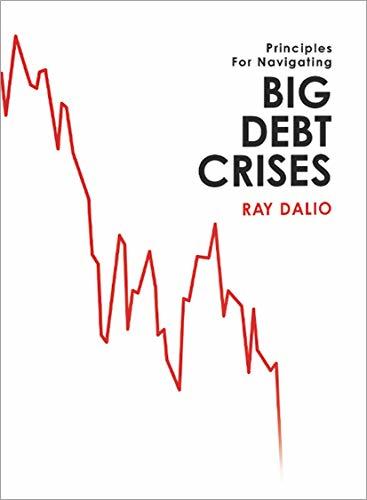What do you think?
Rate this book


471 pages, ebook
First published January 1, 2018
"...'Austerity causes more pain than benefit, big restructurings wipe out too much wealth too fast, and transfers of wealth from haves to have-nots don’t happen in sufficient size without revolutions.' He adds that money printing is not necessarily inflationary, as proved the case in the last decade..."